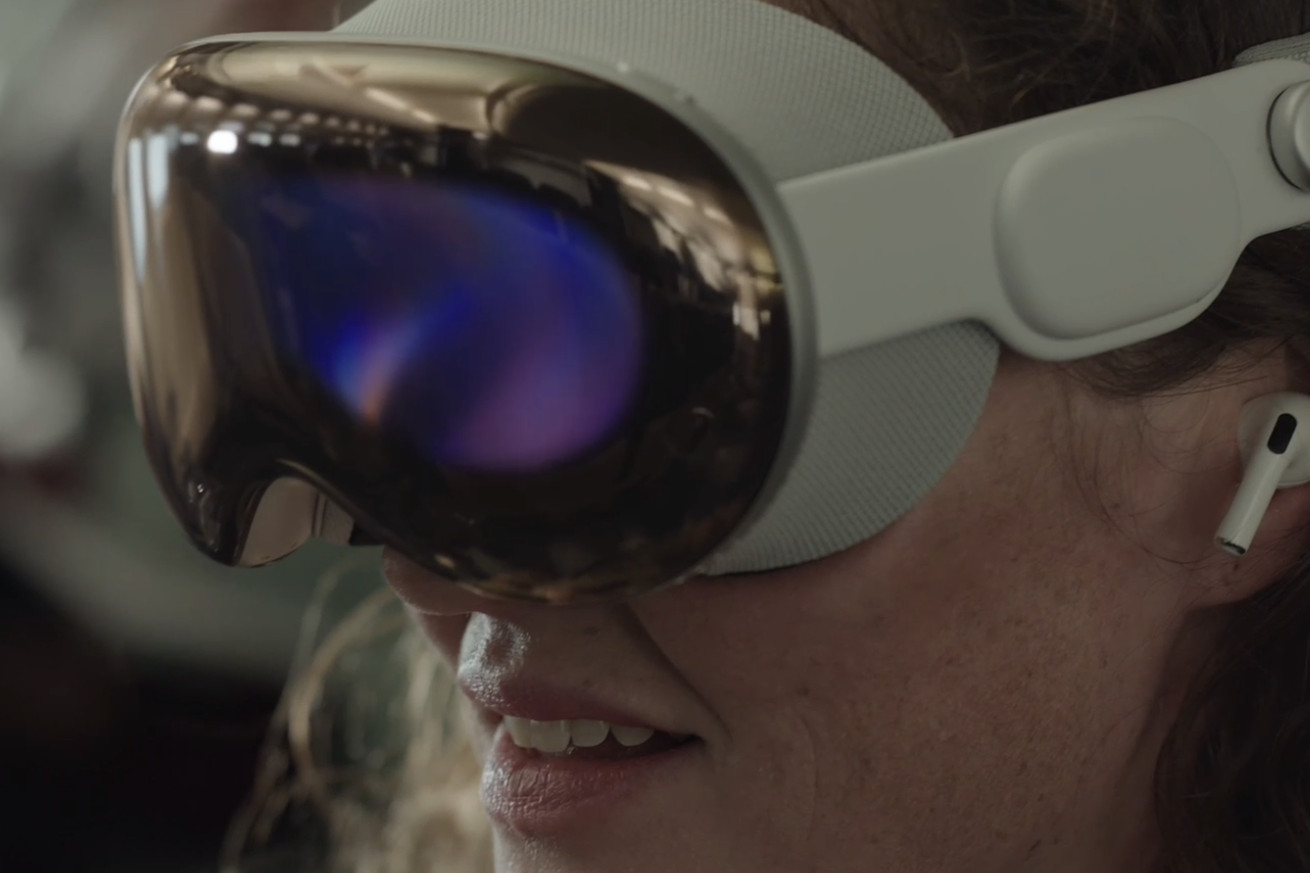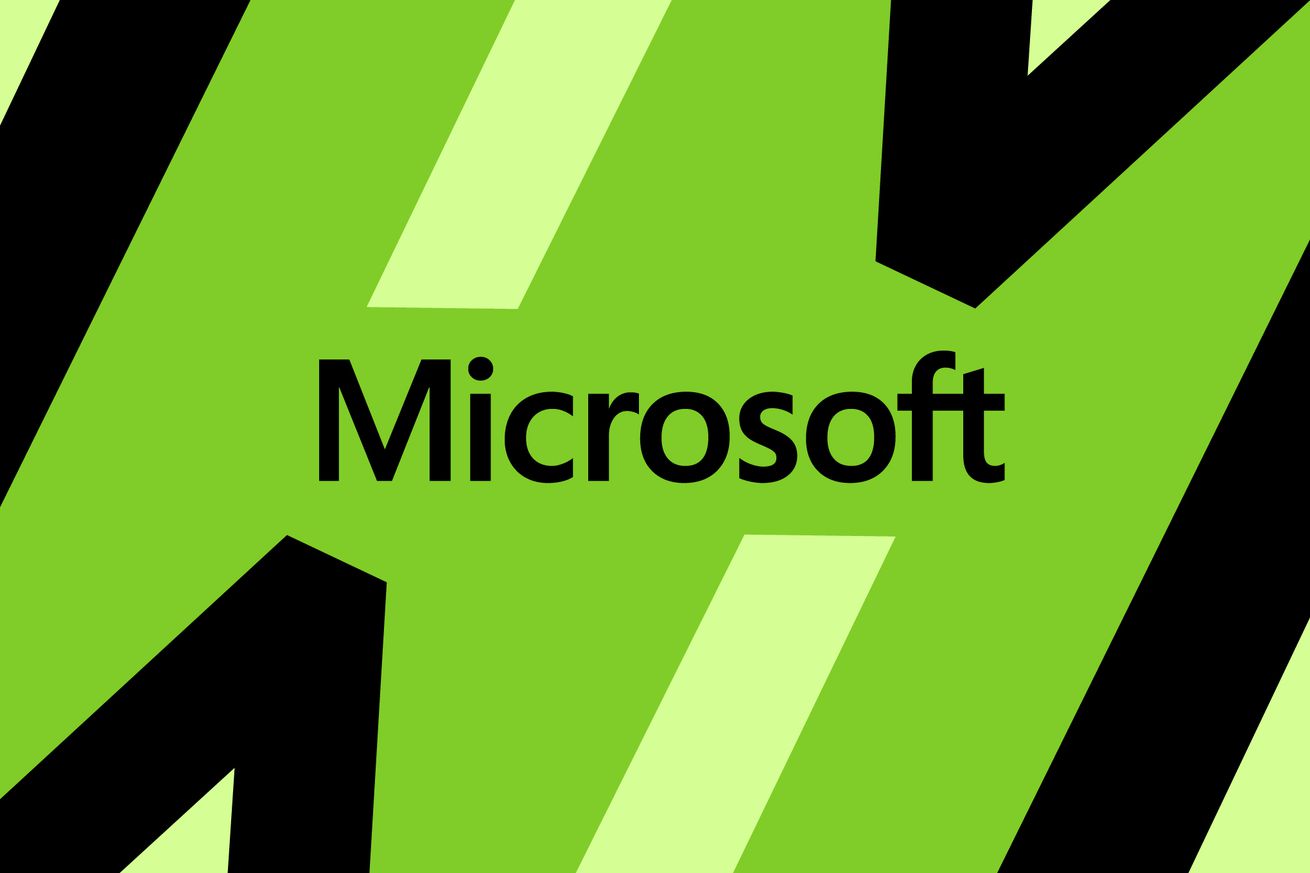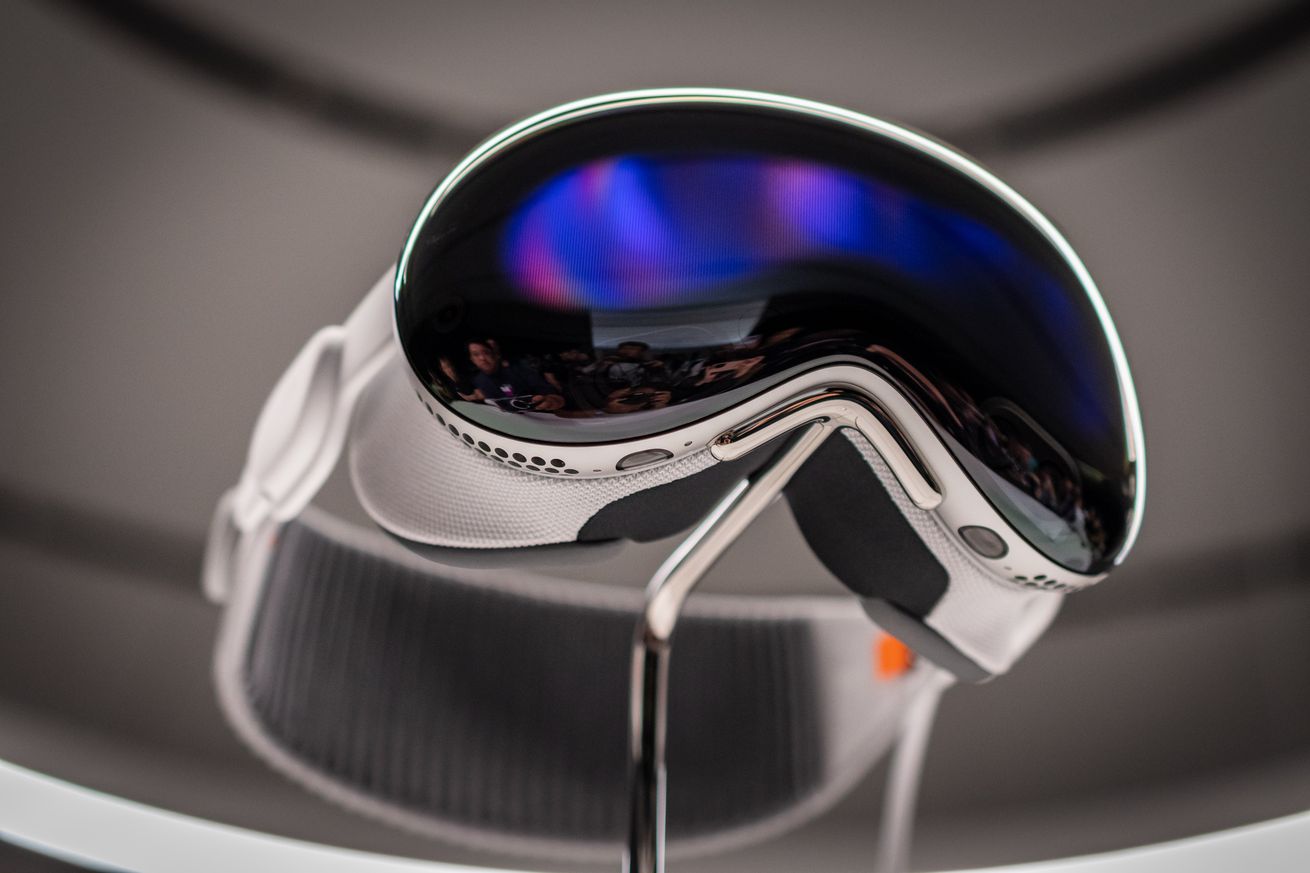
Lately, it seems like all the talk regarding the Apple Watch seems to revolve around Apple’s ongoing patent dispute with medical device maker Masimo — a legal battle that has resulted in Apple recently removing the blood oxygen features found on the Series 9 and Ultra 2. Sales have continued uninterrupted for the latest Apple Watch SE given it lacks the SpO2 sensor, however, and now the second-gen smartwatch can be had for as little as $179 ($50 off) at Walmart.
To be honest, most healthy individuals are not missing out on the SpO2 sensor, nor are first-time smartwatch buyers likely to complain about the SE’s lack of an always-on display or some of the fancier health tracking features found on the Series 9. Apple’s latest entry-level watch is still plenty fast, after all, and it can still take advantage of widgets and the bulk of watchOS 10 features. It can also track your sleeping habits and all your basic fitness activities — running, biking, swimming, etc. — making it a solid choice for anyone who doesn’t want to spring for one of Apple’s pricier models.
Read our Apple Watch SE (2022) review.
The Pro Controller for Nintendo Switch is great and all, but if you’re someone who finds PlayStation-style controllers to be more enjoyable, you can’t go wrong with 8BitDo’s Pro 2 Controller. And right now, the excellent gamepad is on sale at Amazon for an all-time low of $39.99 ($10 off) when you clip the on-page coupon for 20 percent off.
Despite its retro vibes, the Pro 2 is built to work with a variety of modern platforms, including macOS, Android, Windows, Valve’s Steam Deck, and — of course — the Nintendo Switch. The well-rounded controller doesn’t offer HD rumble or Amiibo support, though, in exchange, you get a comfier set of grips, an improved D-pad, and a pair of customizable back paddles that let you easily enter commands without taking your thumbs off the sticks. The fact you can also set up to three controller schemes and adjust the sensitivity of the triggers and analog sticks to suit your playstyle is really just a plus.
Read our hands-on impressions of the 8BitDo Pro 2.
More deals and discounts
- TP-Link’s RE315 Wi-Fi extender is currently on sale at Amazon for $26.99 ($23 off), which is a paltry $2 shy of its all-time low. I’m not saying it’s going to alleviate your networking woes in the same way a dedicated mesh network might, but I’ve found it to be a good fix for any room with spotty Wi-Fi, especially since it allows you to add a 100Mbps ethernet port to any room. It’s also mesh-compatible with TP-Link routers, if you want even more reliable speeds.
- If you’re looking for a Windows laptop that can also double as a capable tablet, Microsoft’s Surface Pro 9 is down to $999.99 ($540 off) at Best Buy with an Intel i5-1235U processor, 16GB of RAM, and 256GB of storage. The Intel laptop is a pretty slick machine overall, with sturdy hardware, a sharp 120Hz display, and a handy stylus garage. What’s more, Best Buy is currently throwing in a Surface Pro Keyboard, which would normally run you $139. Read our review.
- Amazon and Elgato are both selling the Elgato Stream Deck Plus for $179.99 ($20 off). It’s a pretty small discount that only applies to the white model, however, it remains one of the better prices we’ve seen on the well-built macro controller, which offers fewer buttons than your standard Stream Deck but includes four programmable dials and an LCD touchscreen for viewing a variety of info at a glance. Read our review.
- Samsung’s 27-inch M8 Smart Monitor is on sale for a limited time at Amazon starting at $479.99 ($170 off), matching its all-time low. The newer 4K display is pretty similar to the last-gen model we tested in that it can moonlight as a smart TV with a host of built-in streaming apps, except the latest model also touts a new “welcome screen” that automatically showcases photos, calendar entries, and other personalized info when it detects your phone nearby.
- You can currently save 50 percent on a two-pack of Blink’s last-gen outdoor cameras, which are now going for just $89.99 ($90 off) a pair at Best Buy. The 1080p security cameras can last up to two years on two AA batteries, support essentials like motion detection, and work perfectly with Alexa as an Amazon-backed product. That said, you will need to pay extra to store clips and photos.

/cdn.vox-cdn.com/uploads/chorus_asset/file/23250309/akrales_220215_5022_0010.jpg) Photo by Amelia Holowaty Krales / The Verge
Photo by Amelia Holowaty Krales / The Verge
/cdn.vox-cdn.com/uploads/chorus_asset/file/21887081/mchin_181207_4189_0009.0.jpg) Photo by Monica Chin / The Verge
Photo by Monica Chin / The Verge
/cdn.vox-cdn.com/uploads/chorus_asset/file/25211123/010724_CES_2024_Asus_Zephyrus_G14_G16_laptop_ADiBenedetto_0005.jpg) Photo by Antonio G. Di Benedetto / The Verge
Photo by Antonio G. Di Benedetto / The Verge

/cdn.vox-cdn.com/uploads/chorus_asset/file/25237918/repair_costs.jpg) Image: Apple.com
Image: Apple.com








/cdn.vox-cdn.com/uploads/chorus_asset/file/25230698/app_store_templates.jpg) Image: Apple
Image: Apple



/cdn.vox-cdn.com/uploads/chorus_asset/file/25227078/Screenshot_2024_01_15_130053.png) Image: Adobe
Image: Adobe
/cdn.vox-cdn.com/uploads/chorus_asset/file/25227080/Screenshot_2024_01_15_130120.png) Image: Adobe
Image: Adobe



/cdn.vox-cdn.com/uploads/chorus_asset/file/25227024/M365_Pillar.jpg) Image: Microsoft
Image: Microsoft


